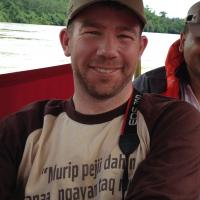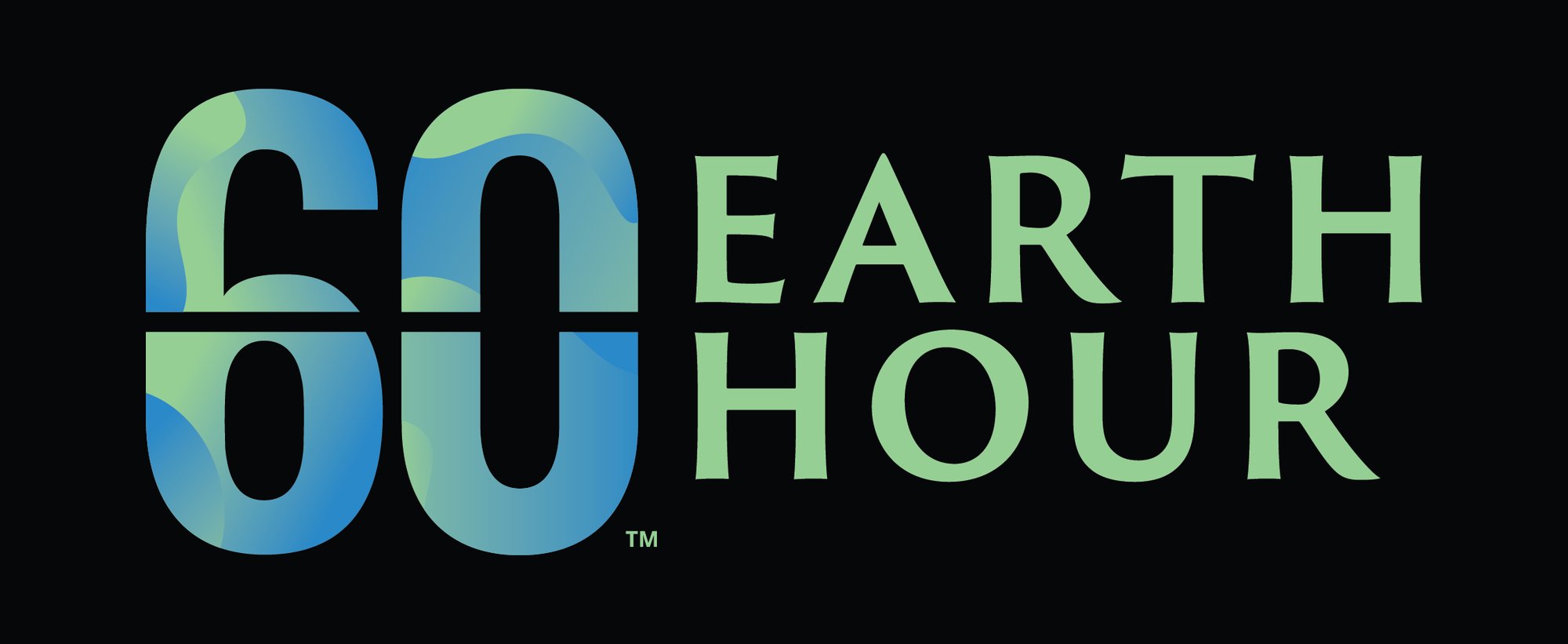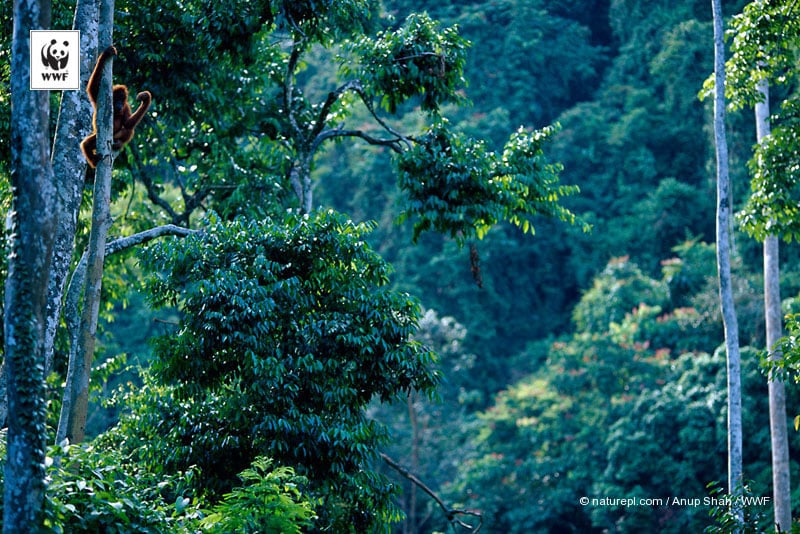
Forests are often called the 'lungs of the Earth' and as we work to change climate change, Peter Graham, Leader of the WWF Forest and Climate Programme, explains how these incredible carbon sinks can literally be a game-changer.
1. Give us a brief background about yourself and your role at WWF.
As a member WWF’s Forest and Climate Programme, I focus on how forest conservation can help us fight climate change - in particular by reducing emissions from deforestation and forest degradation (also known as REDD+). Before joining WWF last year, I worked on forest and climate change policy for the Canadian government and chaired some of the international negotiations on REDD+. While I now live in Washington, DC, I am a Canadian with international roots, including a few childhood years spent in Guyana, which is where I fell in love with the full diversity of nature. I have a Bachelor of Science in Forestry and a Master’s degree in Forestry.
2. Why is deforestation and forest degradation an issue we need to focus on in terms of climate change?
Forests are the largest storehouse of carbon after the oceans and have been called ‘the lungs of the earth’. Billions of people around the world are directly dependent on forests for fuel, housing, and nourishment. When forests are destroyed by logging or converting land for agriculture, large quantities of carbon dioxide and other greenhouse gases are released into the atmosphere, contributing to climate change. We can’t tackle the tremendous challenges of climate change without conserving forests.
3. How is your organization using ‘your power’ to stop climate change?
WWF is working toward an ambitious forest conservation target of Zero Net Deforestation and Forest Degradation by 2020. This target reflects the scale and urgency of the actions needed to overcome the threats to the world’s forests and the lives of millions. Current deforestation trends point toward catastrophic and irreversible losses of biodiversity and runaway climate change. With better governance and smarter land use, it would be possible to meet the global demand for food and forest products as well as the needs of local communities without any further loss of forests between now and 2030. But, we need urgent action supported by strong political will.
Tackling deforestation will require new policies and laws, better implementation of existing laws, tough crackdowns on corruption, and alternative economic opportunities for local communities, whether they be the 300 million people living in forests or the more than 1 billion directly dependent on forests. This year in particular, we are also focusing on making sure that the new climate change deal, which we hope to see finalized in Paris in December 2015, provides incentives to developing countries for reducing deforestation and forest degradation, which helps us fight climate change.
4. What actions do you think people and countries can take to protect forests and help stop climate change?
As the leader of the WWF Forest and Climate Programme, I am thrilled to be working with an amazing team at an important conservation organization, and at a critical moment for global environmental stewardship. But WWF can’t do it alone. Government leadership is crucial to accelerate investment in forests and to put policies in place that promote sustainable forest and land management. The private sector has tremendous potential to prevent deforestation by improving the way we produce food (beef, palm oil and soy, to name a few) or extract minerals. With real actions from politicians and businesses, and the many small but significant changes we can make as individuals, like buying sustainably-sourced (or “Deforestation-Free”) paper, chocolate or lipstick (which often contains palm oil), we can all conserve forests and fight climate change in a way that benefits both people and nature. To learn more, please visit panda.org/forestclimate or follow us @wwfforestcarbon.

